End Project Overload with Clear, Data-Driven Prioritization
Most portfolios struggle with too many projects, competing priorities, and decisions driven by opinions rather than strategy. TransparentChoice gives you a structured, transparent scoring model that brings stakeholders together, eliminates political bias, and ensures you achieve maximum ROI and commit to a plan the Board can trust.
In your briefing: we’ve helped leaders quickly regain control of overloaded and misaligned portfolios — and we’ll show you what’s possible for your own right now. No prep or project data required.
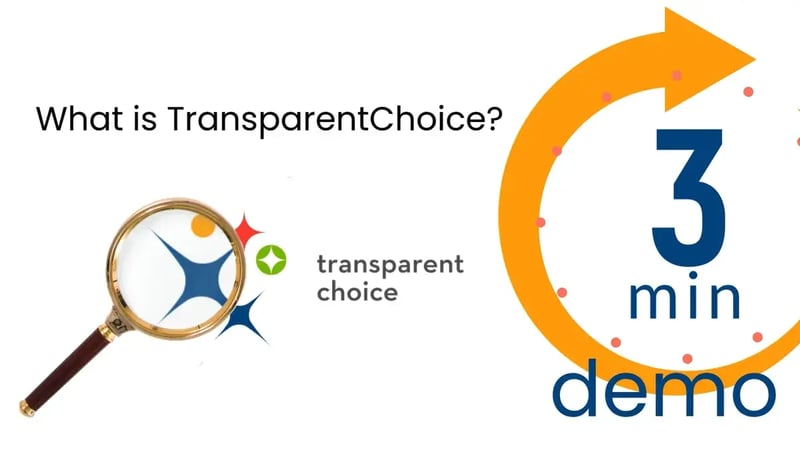


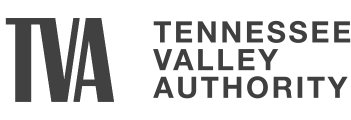
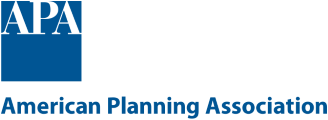

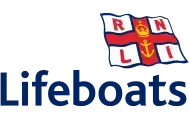










The Problem
Most organizations have more ideas than capacity. Everyone wants to deliver, but resources are stretched thin. Without clear prioritization, it’s hard to say “no.” Teams get overwhelmed, and the wrong projects get greenlit. Decisions become slow, political, and disconnected from strategic goals.
The Solution
TransparentChoice helps you prioritize with confidence — using structured, research-backed tools that align teams around what matters. Score projects against agreed criteria, bring transparency to decision-making, and focus teams on high-value work. Fewer debates. More impact.
Your Results with TransparentChoice
-
✅ Do More with Less
Focus resources where they deliver the most value. Say "no" to noise and free up capacity.
-
✅ Faster, Data-Driven Decisions
Replace opinion-led debates with a clear scoring process that speeds up alignment and approvals.
-
✅ Fewer Failures, Greater Impact
Well-prioritized portfolios succeed more often and deliver measurable results.
-
✅ Strategic Alignment
Ensure every project supports your strategy — and cut out low-impact distractions.
-
✅ Leadership Commitment
Get leadership buy-in by aligning on criteria up front—so priorities stick.
-
✅ Cut Waste
Spot and stop low-impact projects—so resources go where they matter most.
What Our Customers Say
We eliminated 30% of obsolete projects and saved millions.
How It Works with TransparentChoice
-
Set Clear Goals
Use our AHP playbook to break down your strategy into clear, scoreable criteria.
-
Agree What Matters Most
Compare criteria side-by-side to uncover what really matters—and get leadership aligned early.
-
Score Projects at Scale
Gather structured input from stakeholders across departments—without endless meetings or bias.
-
Rank Your Projects
You now have a value score for all projects. Overlay risk, effort or cost for actionable data.
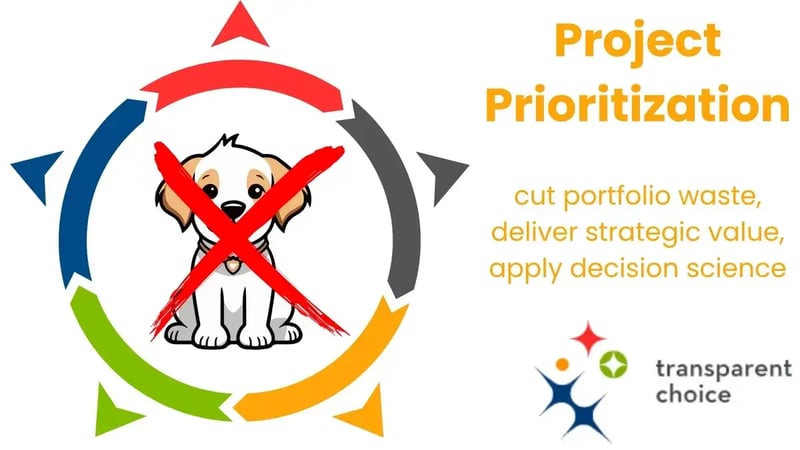
How TransparentChoice Is Different
How we solve what spreadsheets, PPM tools, and unstructured meetings can’t.
Spreadsheets can’t handle real prioritization
They hide bias, collapse under complexity, and fragment collaboration. TransparentChoice uses decision science to make trade-offs explicit and collaboration structured — so teams align quickly.
PPM tools are built for delivery, not strategic choice.
They manage schedules and resources, but they cannot create the shared priorities the portfolio needs. TransparentChoice fills the strategic alignment gap that comes before PPM.
Leadership alignment becomes structured and scalable
Leaders already discuss priorities, but without structure, each team interprets decisions differently. TransparentChoice turns those discussions into a shared model everyone can anchor decisions to.
Built on AHP — the gold standard for complex choices
Used by NASA, governments, and global enterprises. TransparentChoice is one of the few platforms purpose-built to apply AHP to portfolio decision-making.
Shaped with real-world PMO & strategy experts
Our method is refined with practitioners who run real portfolios — people who understand how alignment breaks down and how to fix it. You inherit proven practices used in leading organizations, not vendor theory.
Alignment before execution — our core philosophy
Portfolios underperform because planning starts without shared priorities. TransparentChoice aligns leaders first so the entire organization executes with clarity and focus.
🔐 Enterprise-Ready & Secure by Design
TransparentChoice is built for organizations that demand trust, transparency, and resilience.
-
✅ Hosted on Microsoft Azure
Global reliability, scalability, and built-in compliance — trusted by enterprise IT teams.
-
✅ End-to-End Encryption
All data is encrypted in transit using TLS 1.2+ and encrypted at rest using AES-256.
-
✅ GDPR & UK DPA Compliant
We follow clear, privacy-first data handling practices that meet European and UK regulations.
-
✅ Flexible Data Residency
Customer data is hosted by default in Microsoft Azure's West US region. Residency can be tailored to meet regional compliance or data sovereignty requirements.
-
✅ On-Premises Deployment
For customers with strict data control or regulatory needs, TransparentChoice can be deployed on-premises or in a private cloud environment.
Why Inaction Hurts
The Cost of an Underperforming Portfolio
Portfolio underperformance quietly destroys value — draining budget, capacity, and momentum.
When priorities are unclear, low-impact work absorbs resources, strategic initiatives slip, and leadership confidence declines. Addressing the root causes early can rapidly reveal where to act and how to restore alignment.
And the longer it continues, the faster the impact compounds — making it harder to recover lost value.
Recommended Starting Point
Get a Portfolio Fix Briefing
A short, expert-led session designed to bring immediate clarity to your portfolio — fast.
In your briefing, a Portfolio Advisor will:
- Diagnose your current challenges (overload, misalignment, demand chaos, unclear priorities — whatever applies to you).
- Show how senior leaders in similar organizations regained control and aligned their portfolios.
- Walk through the decision-science model used to eliminate politics and align executives.
- Outline what your first guided cycle with TransparentChoice would look like.
- Highlight what's possible in the next 30 days — even without data or preparation.
No prep. No project data. No IT project. Just clarity.